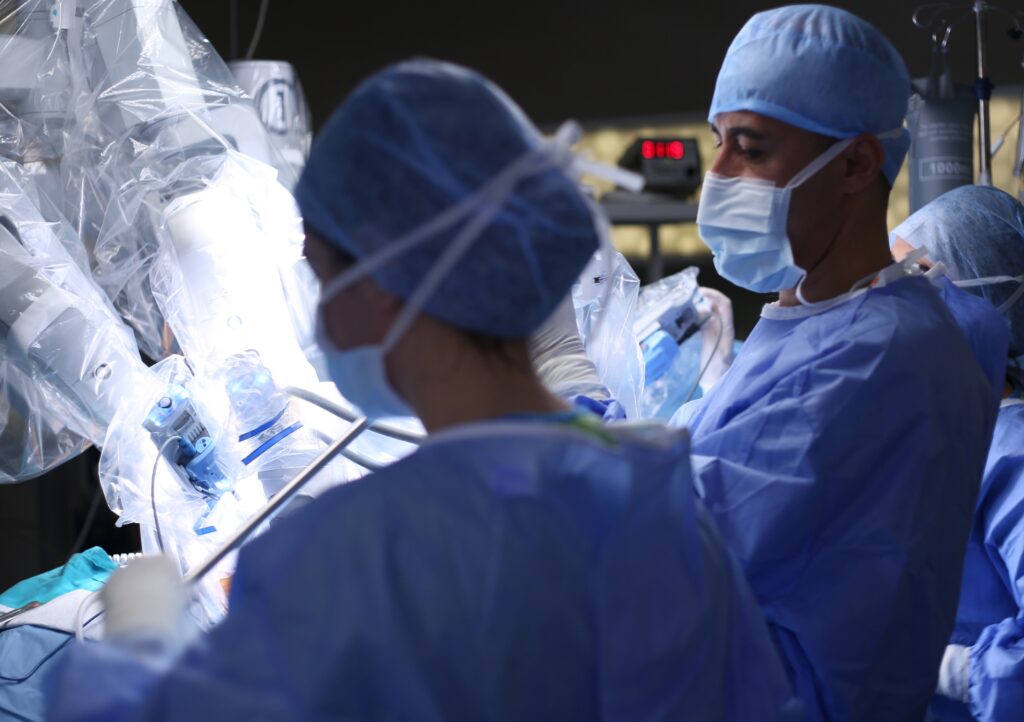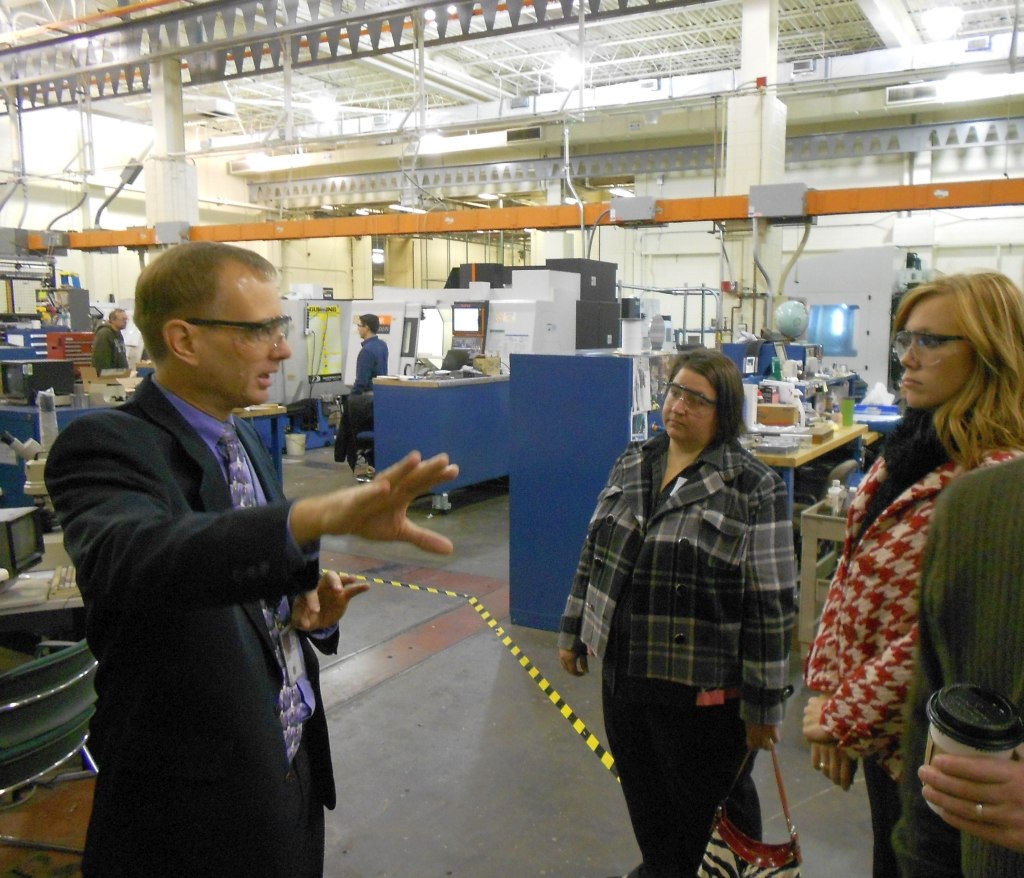The medical technology landscape, characterized by its rapid evolution and innovation, is increasingly relying on the capabilities of AC servo motors. These motors, known for their precision, have undergone significant transformation to cater to the specific requirements of medical applications. As we dive deeper into this topic, we’ll explore both the formidable challenges and the immense opportunities presented by these advancements.
The AC Servo Motor: Unpacking The Basics
To appreciate the strides taken in this domain, it’s vital to first grasp what AC servo motors are. These are motors that utilize alternating current (AC) to generate controlled movement. Notably, the precise control offered by these motors has paved the way for innovations in automation and robotics.
Their versatility has marked their importance across industries, with medical technology being a significant beneficiary. Furthermore, as healthcare solutions become more intricate and demand higher precision, the role of these motors is poised to become even more central.
Tailoring Evolution To Medical Demands
Medical applications possess distinct challenges that dictate the characteristics of the components they use. Let’s examine how AC servo motors have been innovatively redesigned for medical environments:
- The Era of Miniaturization: Medical tools, especially those used in intricate procedures or surgeries, require components that are compact yet powerful. The trend towards developing smaller AC servo motors that don’t compromise on power is groundbreaking in this context.
- Precision Enhanced: Procedures such as robotic surgeries demand an unprecedented level of accuracy. Consequently, the latest servo motors are equipped with superior feedback systems, ensuring that they operate with unparalleled precision.
Unfolding Opportunities
- Broadening Application Spectrum: The application range for refined AC servo motors stretches from diagnostic machines like MRIs to surgical robotics, emphasizing their versatility in the medical arena.
- Merging with IoT: With the Internet of Things (IoT) marking its footprint in healthcare, the next frontier is integrating advanced servo motors with IoT. This convergence promises enhanced device interconnectivity and superior data analytics capabilities.
- Treading the Path of Energy Efficiency: The evolution of these motors is also characterized by reduced energy consumption. This progression is not just about cutting costs; it underscores a commitment to greener technologies.
The Inevitable Challenges
Economic Concerns
Incorporating state-of-the-art technology invariably has economic implications. Investing in the most advanced AC servo motors requires considerable financial resources, posing challenges for some manufacturers. However, the long-term benefits of efficiency and precision often justify the initial investment.
Adaptation and Training
The introduction of sophisticated technology necessitates upskilling. Medical professionals and technicians need to be adequately trained to harness the full potential of these motors and maintain them appropriately. Ensuring continuous training programs can lead to optimized device performance and patient safety.
Diving Deeper Into Technical Progressions
Feedback Mechanisms and Unrivaled Precision
A defining feature of contemporary AC servo motors is their intricate feedback systems. These mechanisms ensure that the motor’s output impeccably aligns with the input commands, a feature indispensable in critical medical scenarios. This level of synchronization not only enhances efficiency but also significantly reduces the margin of error during operations.
Countering Noise and Harmonics
Within healthcare settings, unnecessary noise is not merely a distraction; it can have ramifications on the patient’s well-being and the accuracy of medical procedures. Therefore, the latest AC servo motors have been engineered to minimize electrical noise and harmonics, ensuring their seamless integration into such sensitive environments.
Opportunities In The Limelight
Challenges notwithstanding, the potential advantages are compelling:
- Global Reach and Expansion: With healthcare gaining prominence worldwide, the demand for avant-garde medical devices and, correspondingly, AC servo motors, is set to skyrocket.
- Tech Collaborations: With tech behemoths showing increasing interest in healthcare, partnerships could spur faster and more groundbreaking innovations in servo motor technology.
Biocompatibility And Cleanroom Considerations
A facet of AC servo motors in medical applications that cannot be overlooked is the emphasis on biocompatibility and adherence to stringent cleanroom standards. Medical devices, especially those used directly with patients or in sterile environments, must be manufactured ensuring no adverse reactions occur when in contact with the human body.
Materials used in these motors, lubricants, and even coatings, need to pass rigorous testing for biocompatibility. Ensuring that they neither leach harmful substances nor harbor contaminants is of utmost priority.
Furthermore, the manufacturing and assembly processes for these motors often necessitate cleanroom conditions. Any trace of dust, foreign particles, or contaminants can compromise the functionality of the motor and, by extension, the safety of the medical procedure. Consequently, advanced AC servo motors destined for medical applications are produced under strict environmental controls, reflecting the deep commitment to quality and patient safety.
Frequently Asked Questions
Q: How do AC servo motors stand out for medical devices?
A: The attributes of precision, adaptability, and their potential for customization for distinct applications make these motors indispensable in medical contexts.
Q: What about safety with these motors?
A: While inherently safe, regular maintenance and adherence to operational guidelines are pivotal to prevent potential malfunctions.
Q: In the AC vs. DC servo motors debate, where do the former stand?
A: Typically, AC servo motors tend to offer superior longevity and efficiency, attributes that become even more crucial in demanding medical settings.
Q: How do advancements in AC servo motors influence patient outcomes?
A: Enhancements in this type of motor contribute to more precise medical procedures, directly impacting patient safety and the success rate of treatments.
Q: What’s the expected lifespan of these advanced AC servo motors in medical devices?
A: The lifespan of advanced AC servo motors varies, but with proper maintenance, they can efficiently operate for many years, often matching or exceeding the lifespan of the medical device itself.
Peering Into The Future
The trajectory of AC servo motors in medical contexts suggests a future teeming with possibilities:
Blending with AI: The fusion of Artificial Intelligence (AI) with AC servo motors could give rise to self-regulating systems that learn and adapt.
Commitment to Sustainability: As global narratives shift towards sustainable solutions, the next generation of AC servo motors will undeniably be at this transformation’s vanguard.
While the journey of AC servo motors in medical applications presents a blend of formidable challenges and vast opportunities, the overarching narrative is one of progress and promise. The relentless pace of technological evolution, combined with the medical field’s unwavering commitment to excellence, heralds not just enhanced medical equipment but a transformative era for global healthcare.
As these motors continue to evolve, they stand as a testament to the synergy of engineering and medicine, driving forward innovations that benefit humanity at large.



